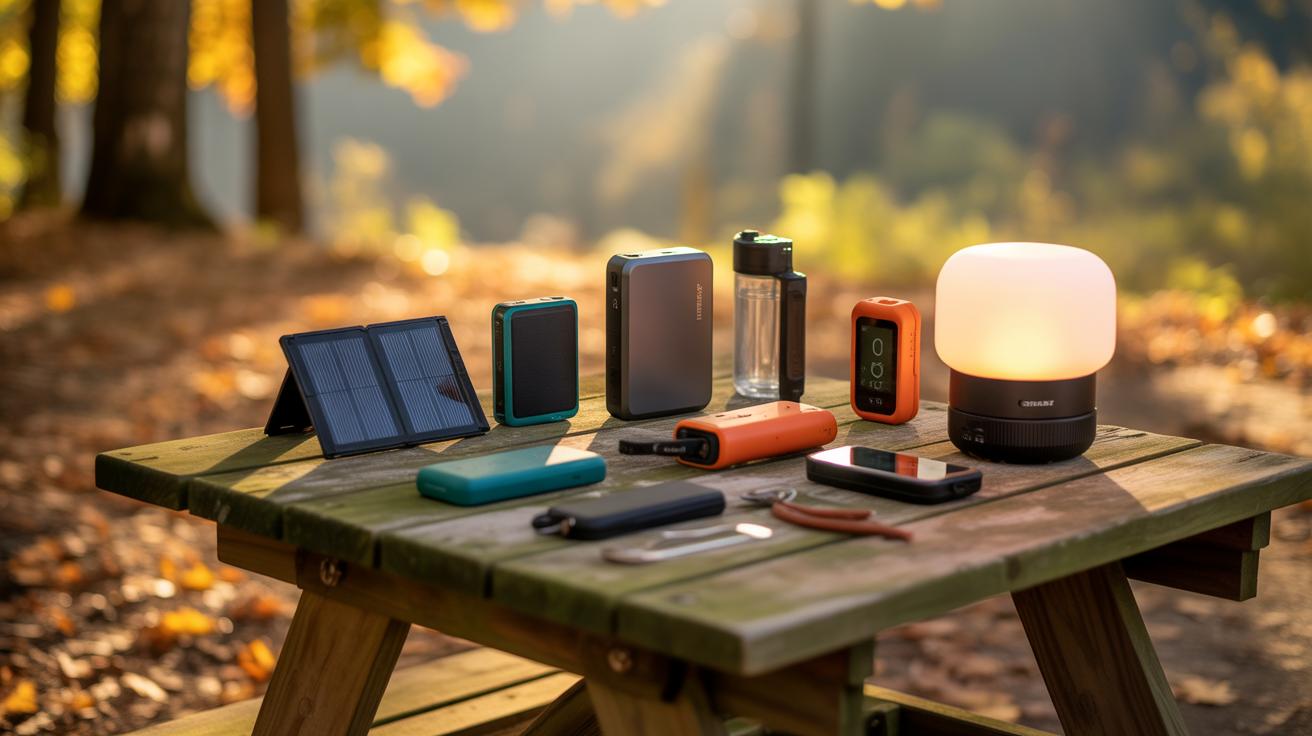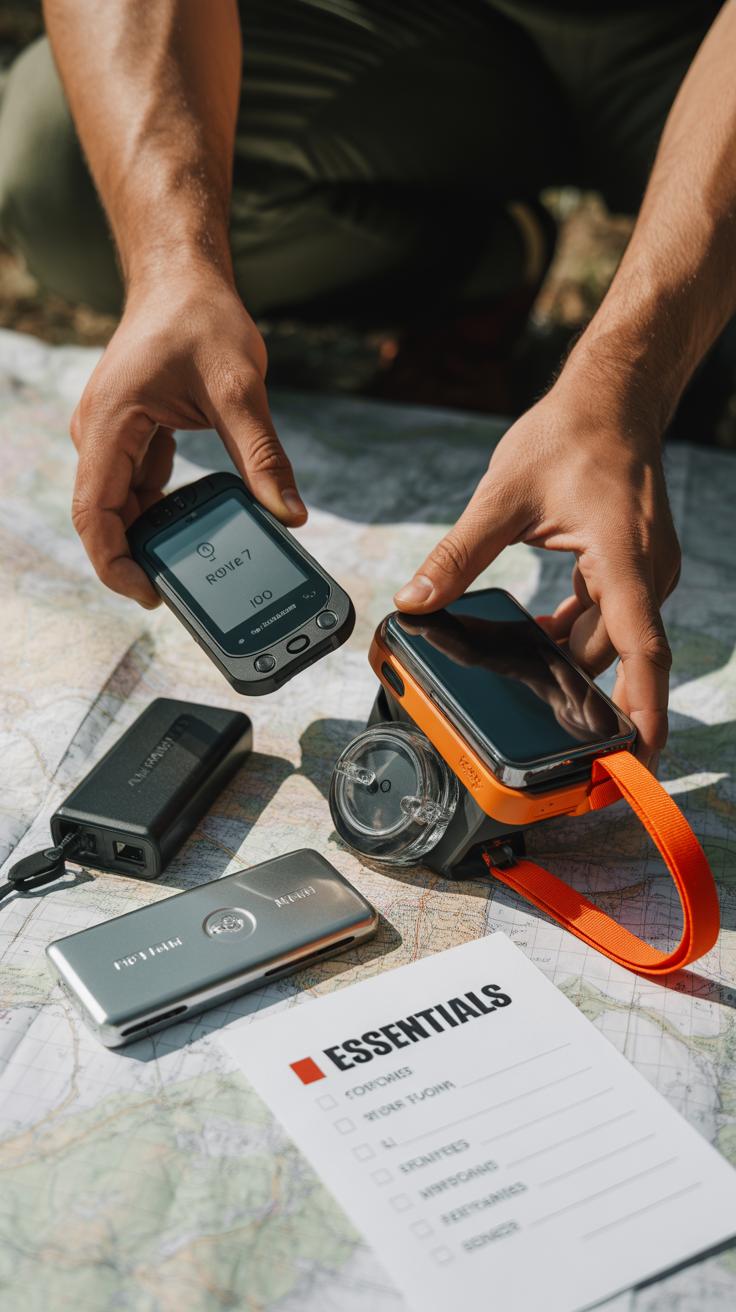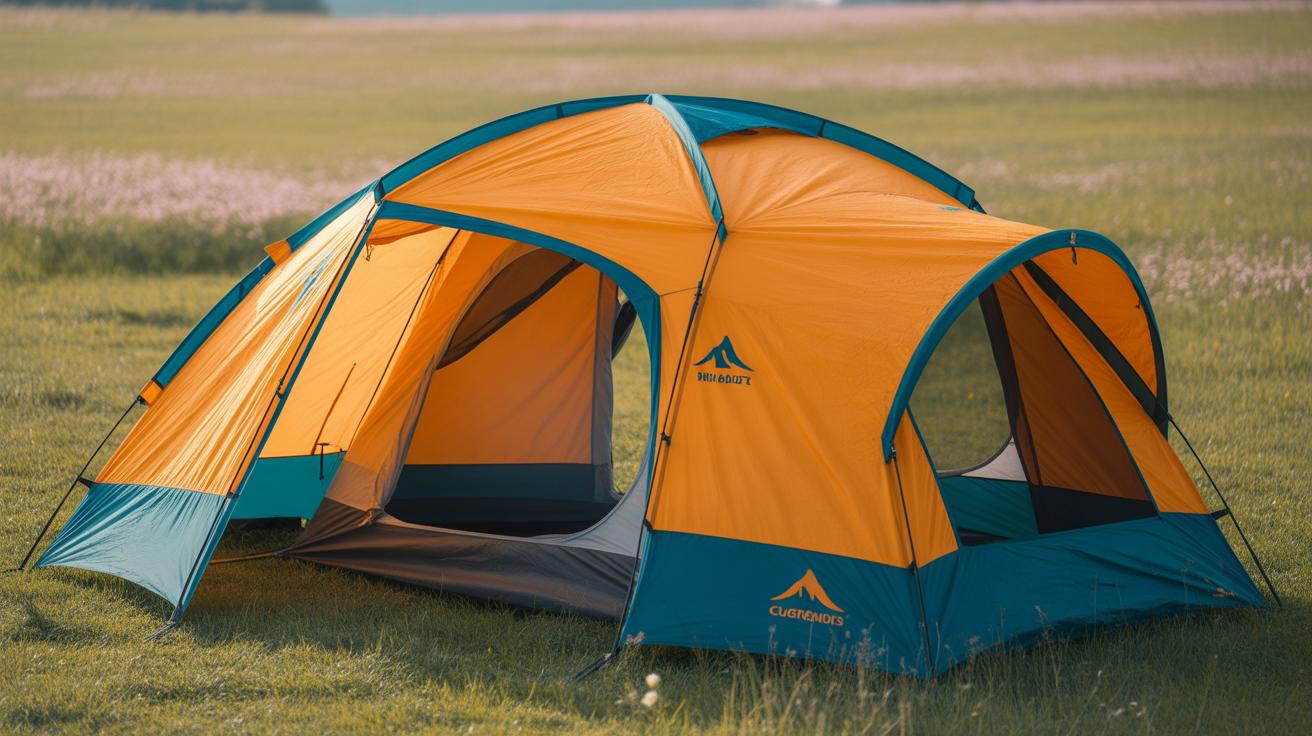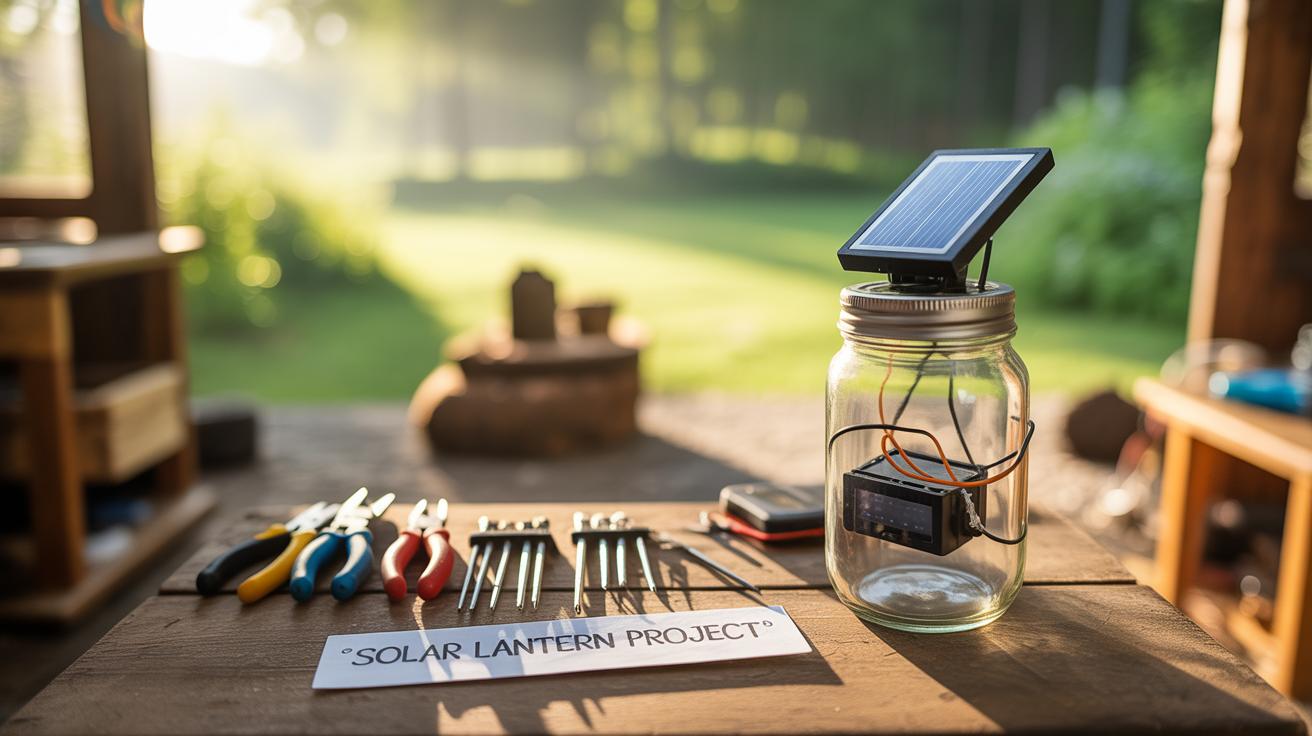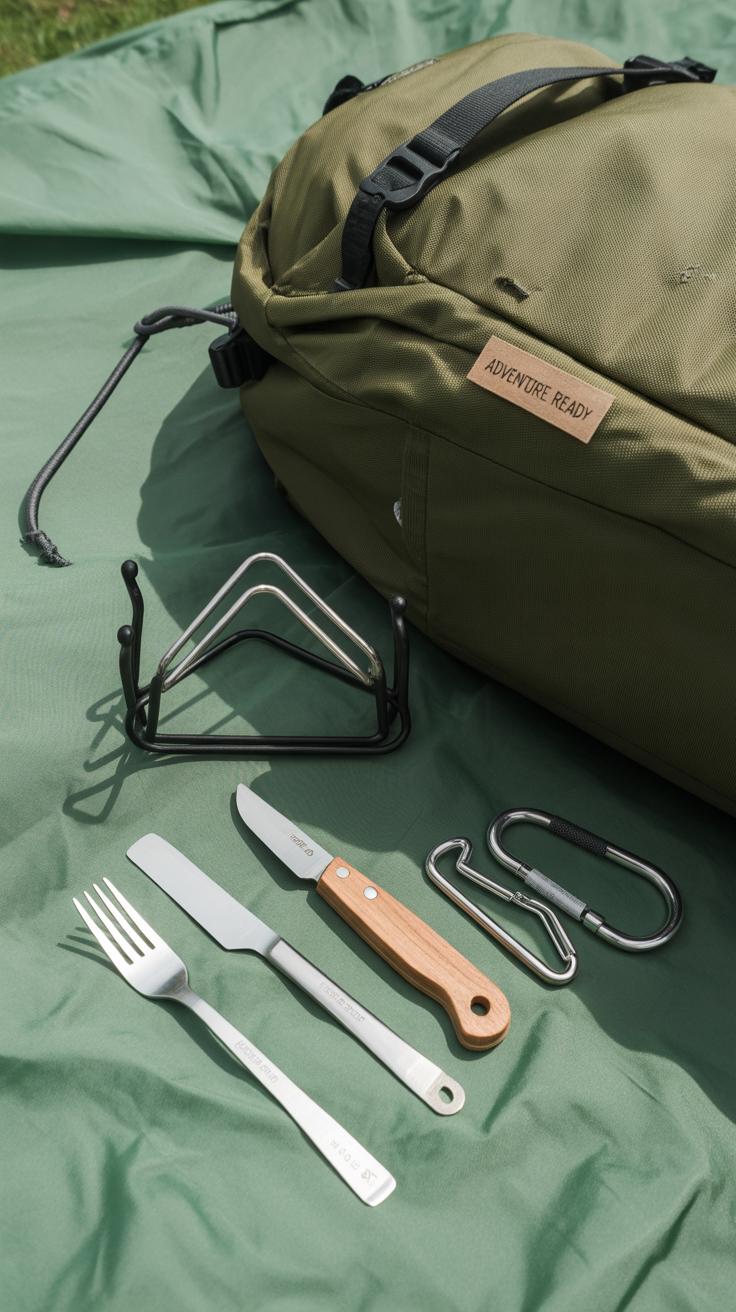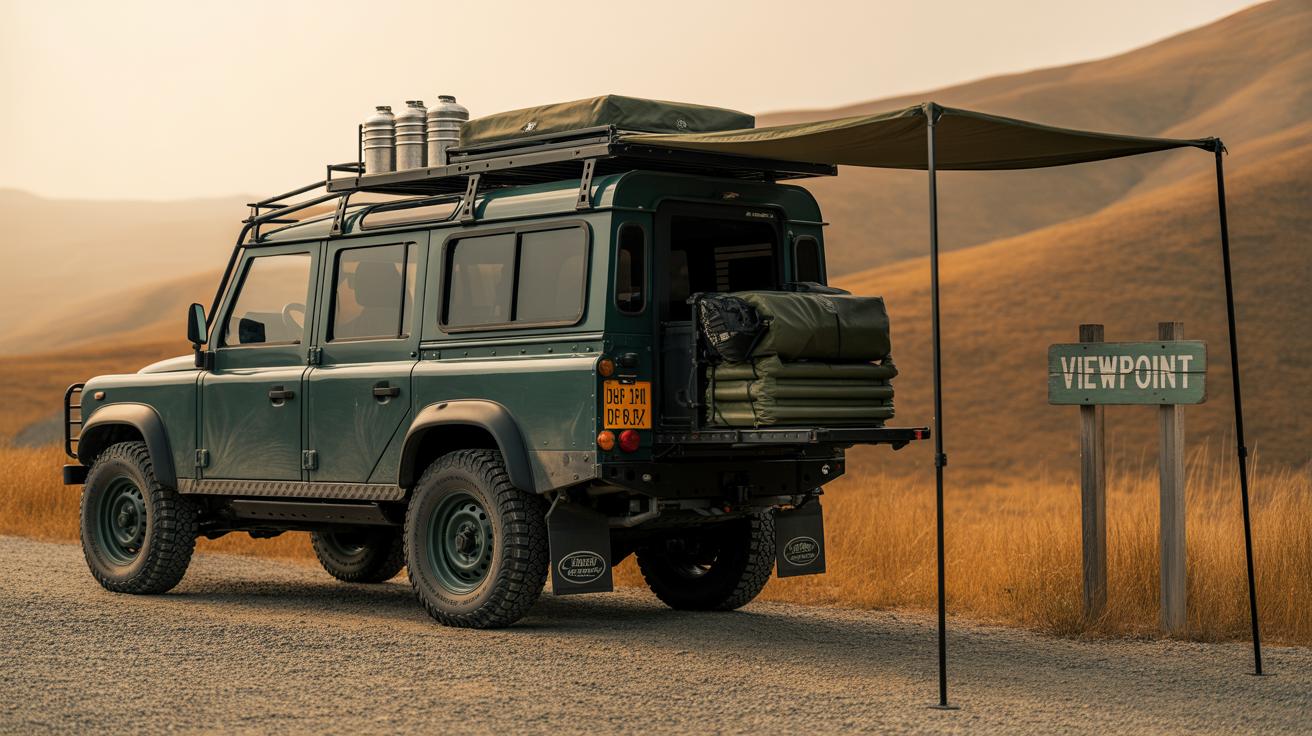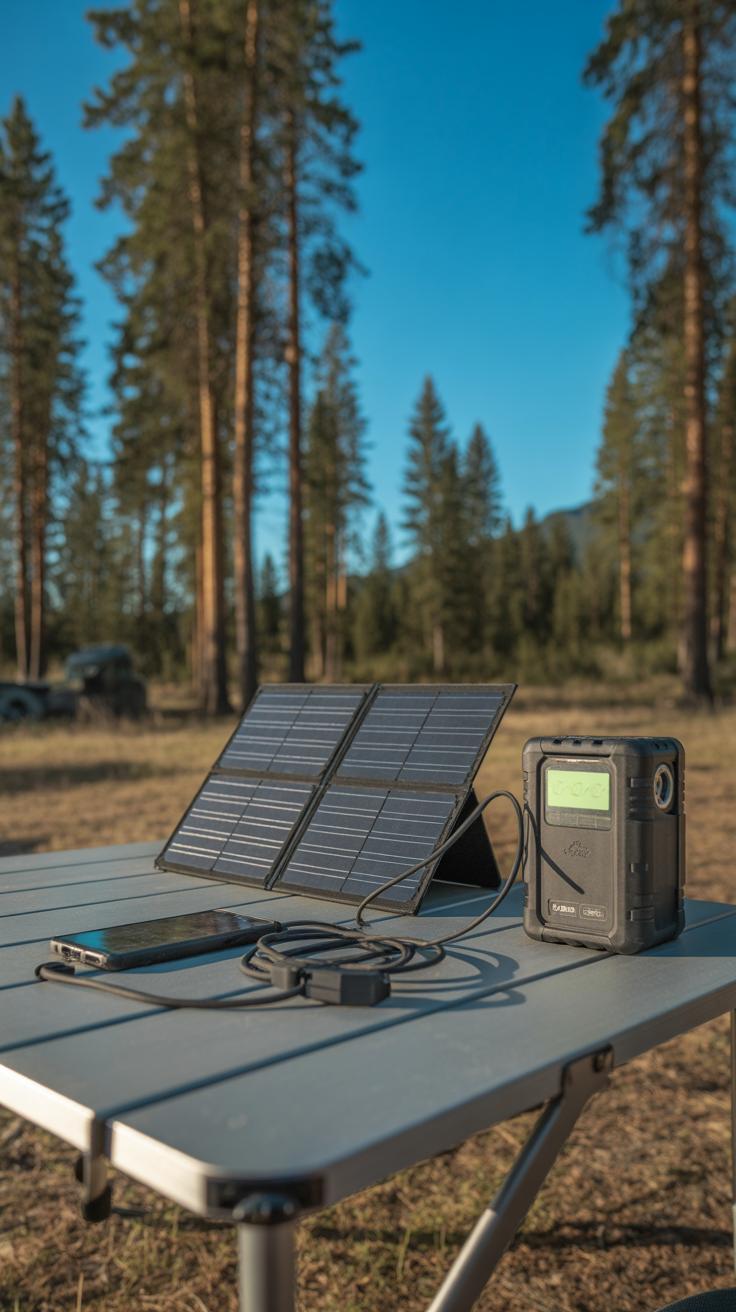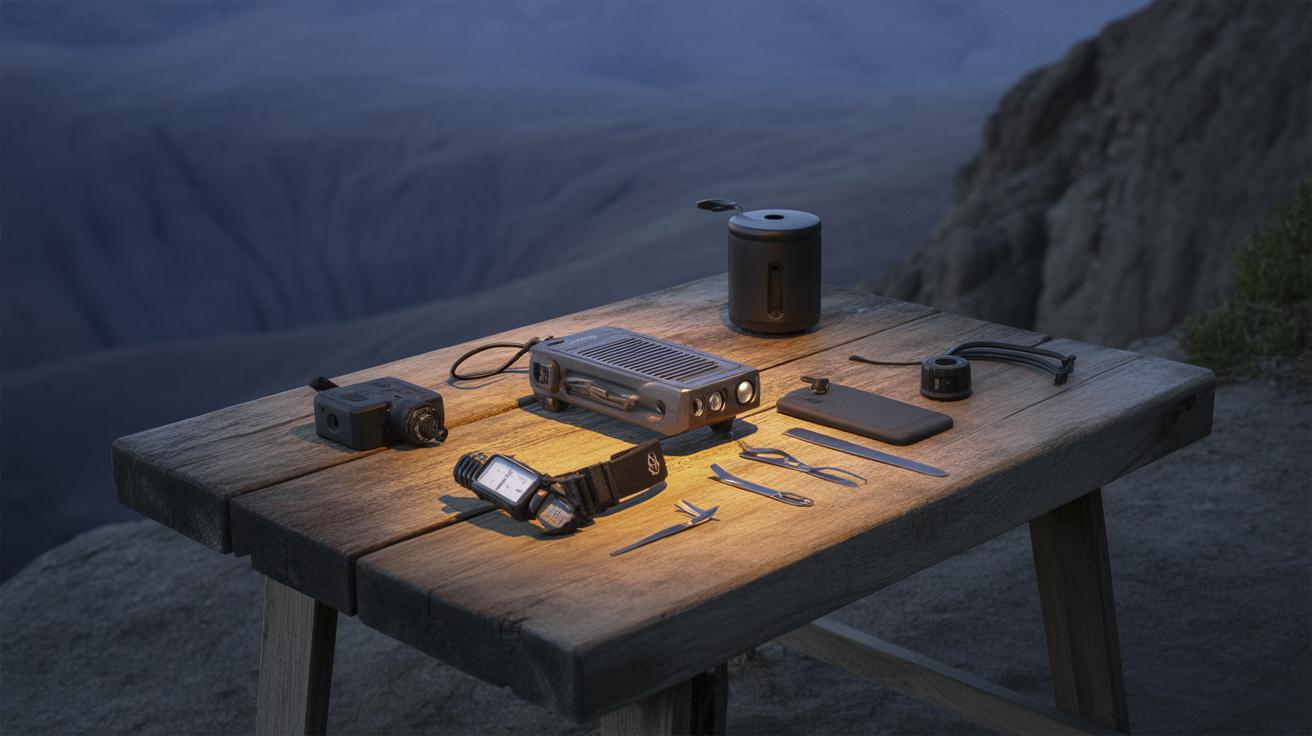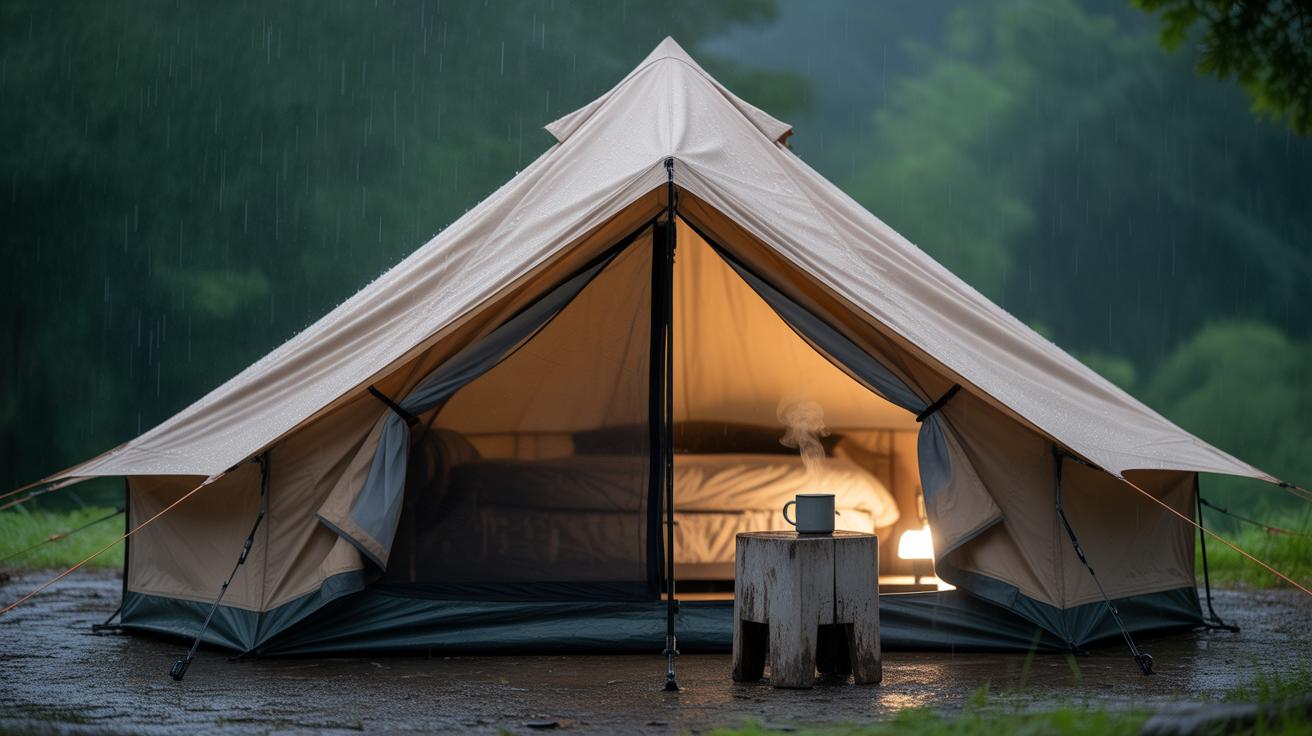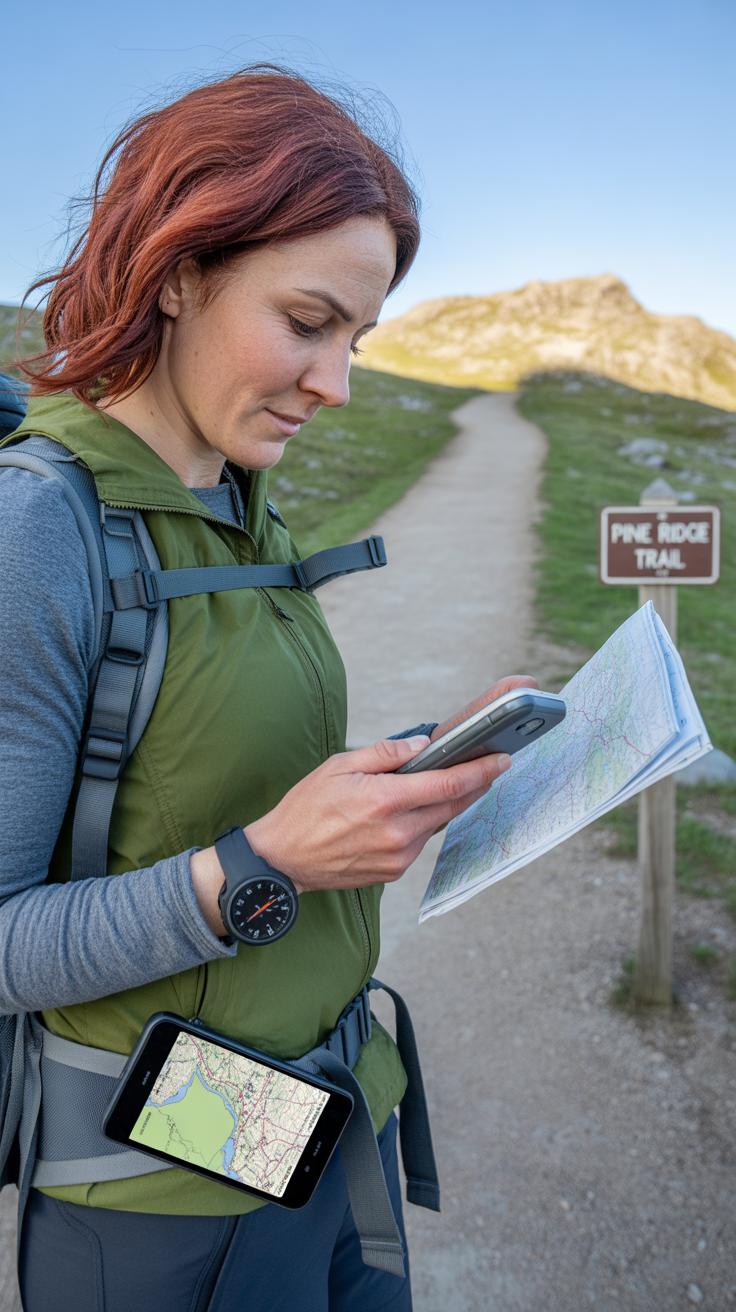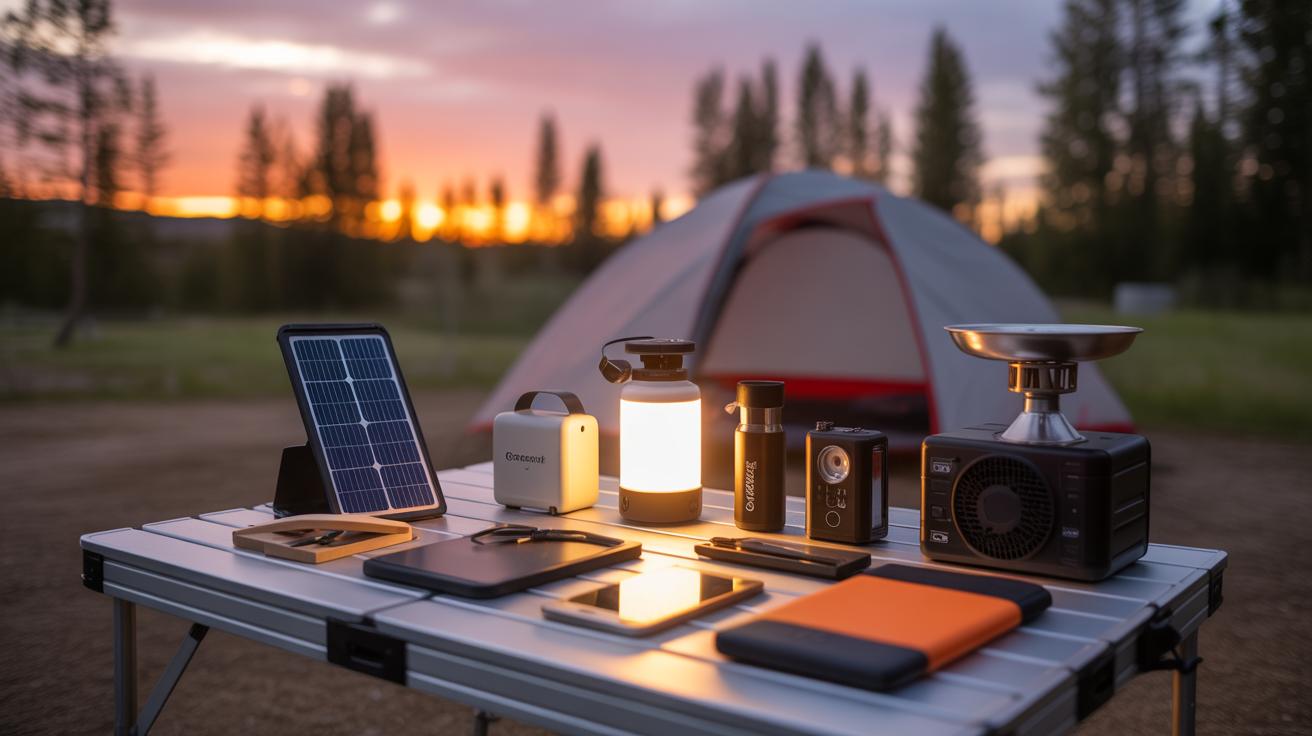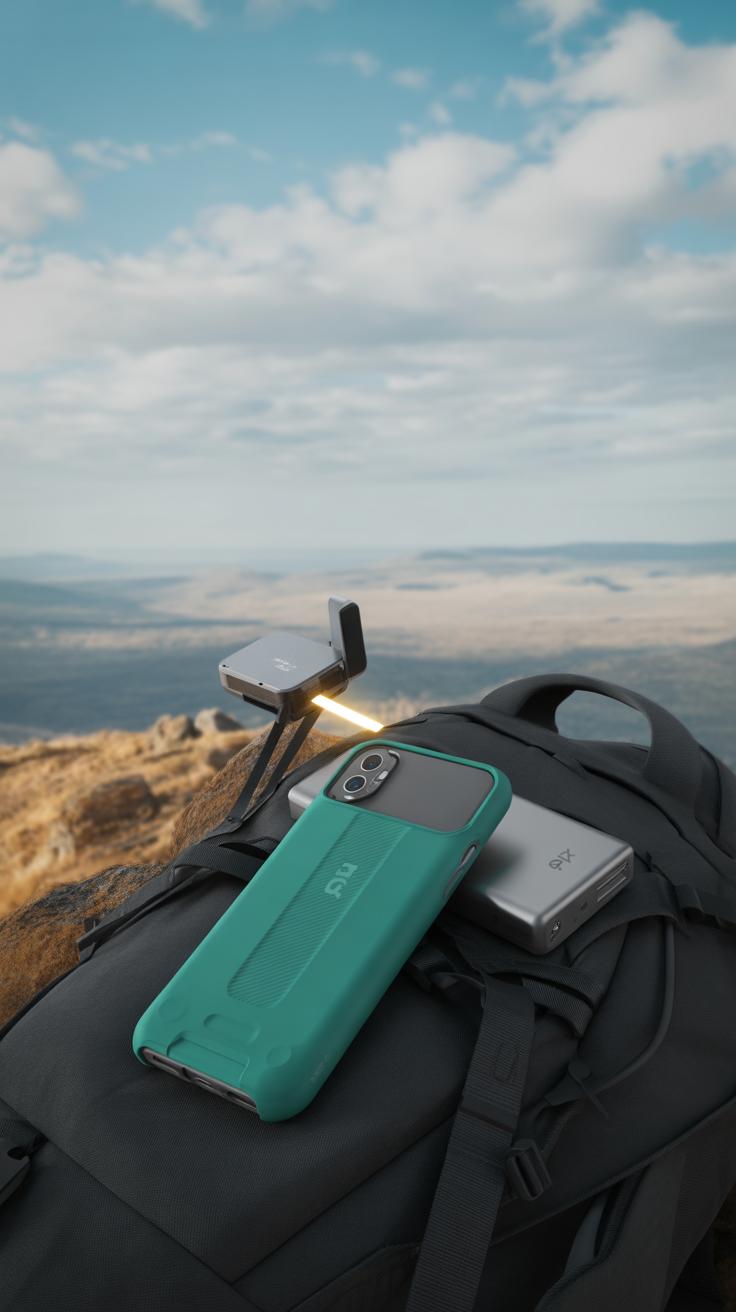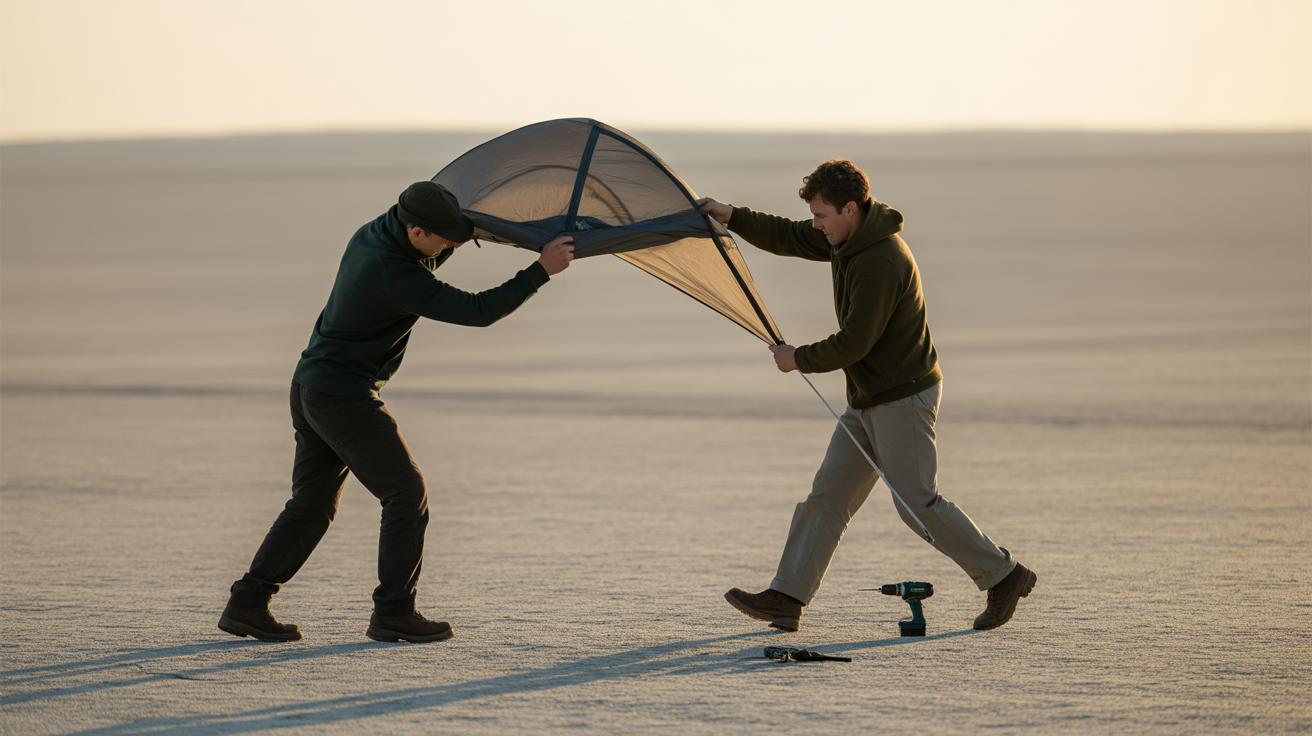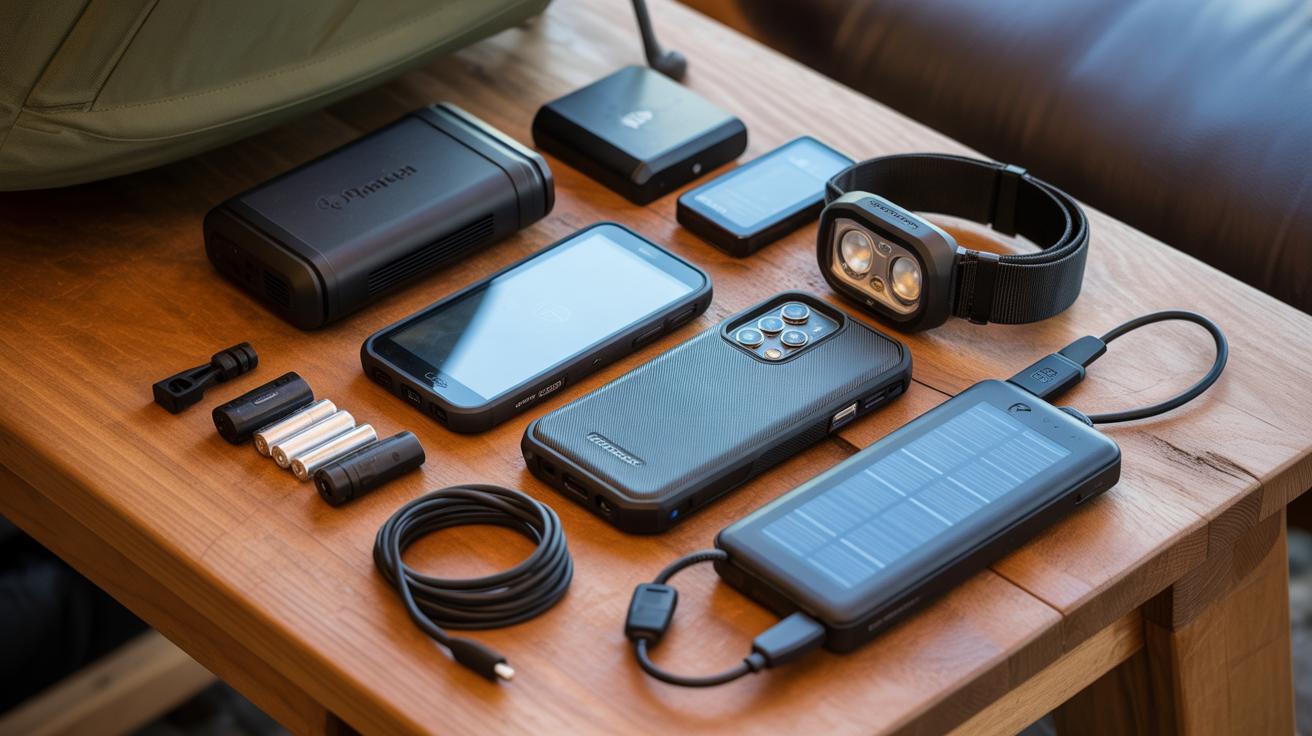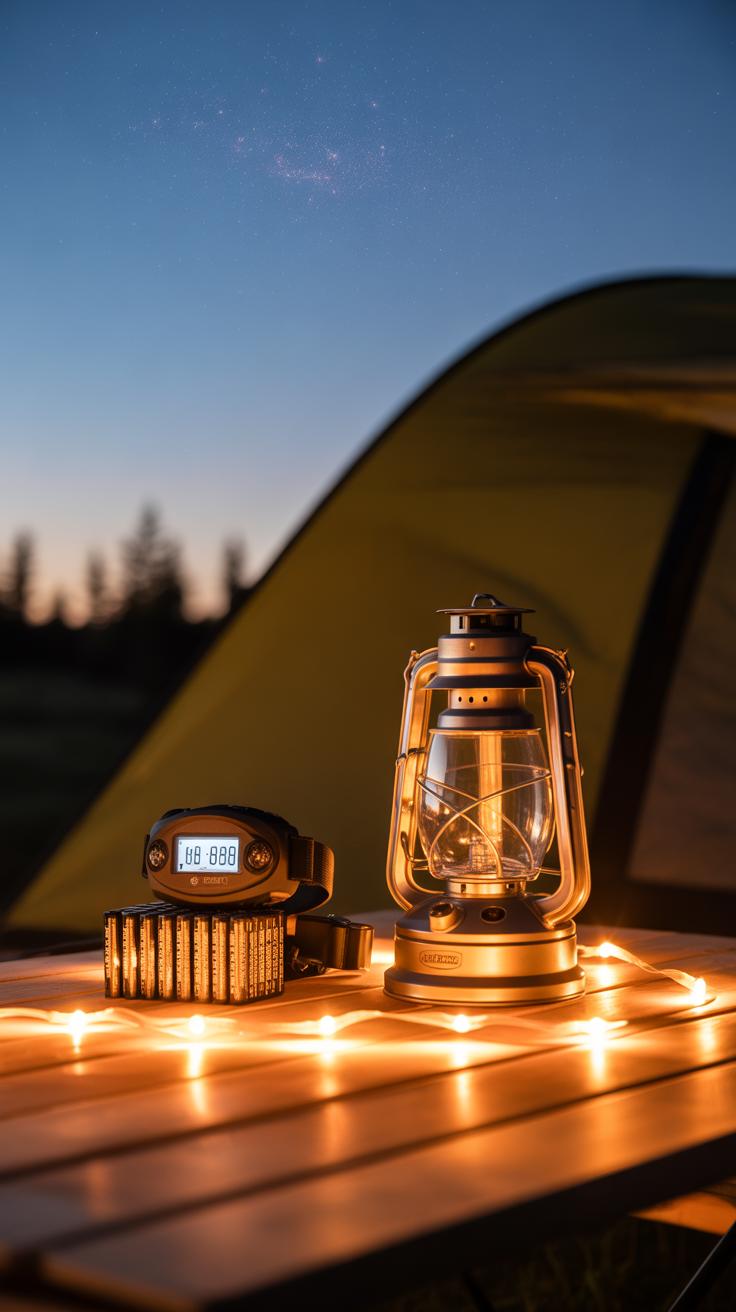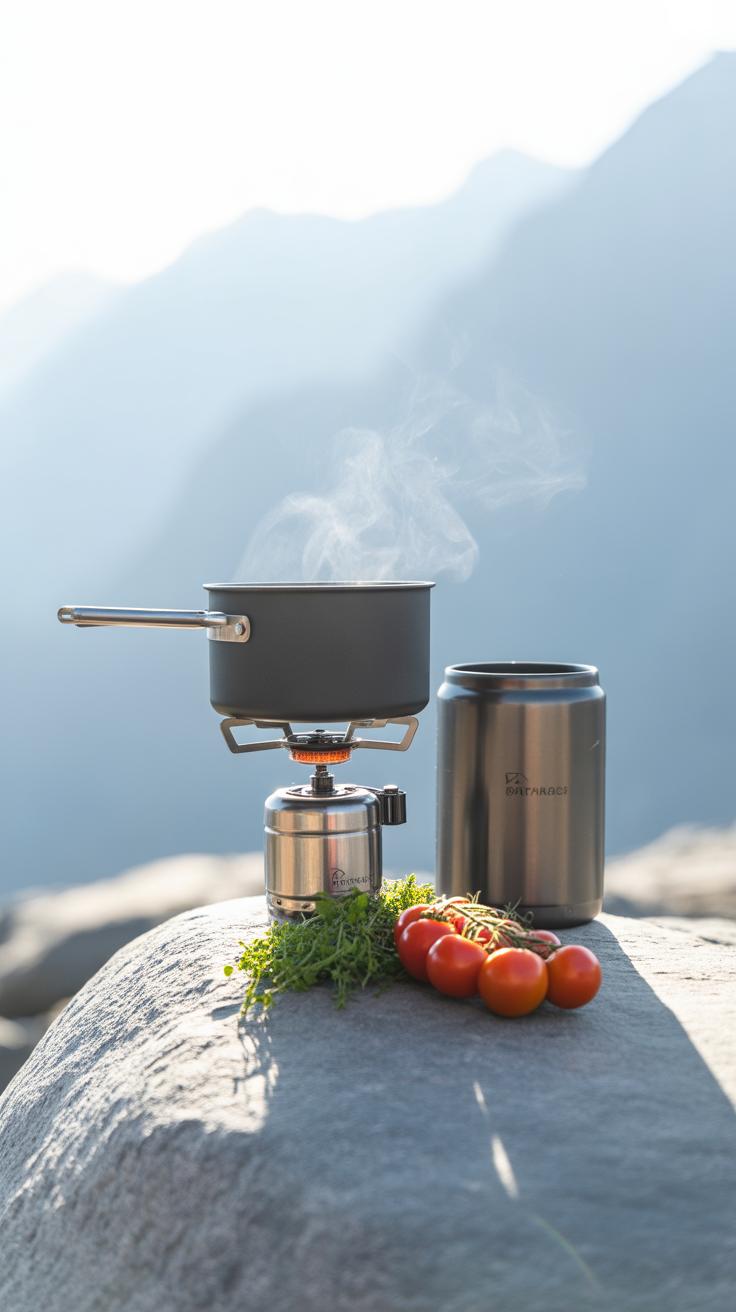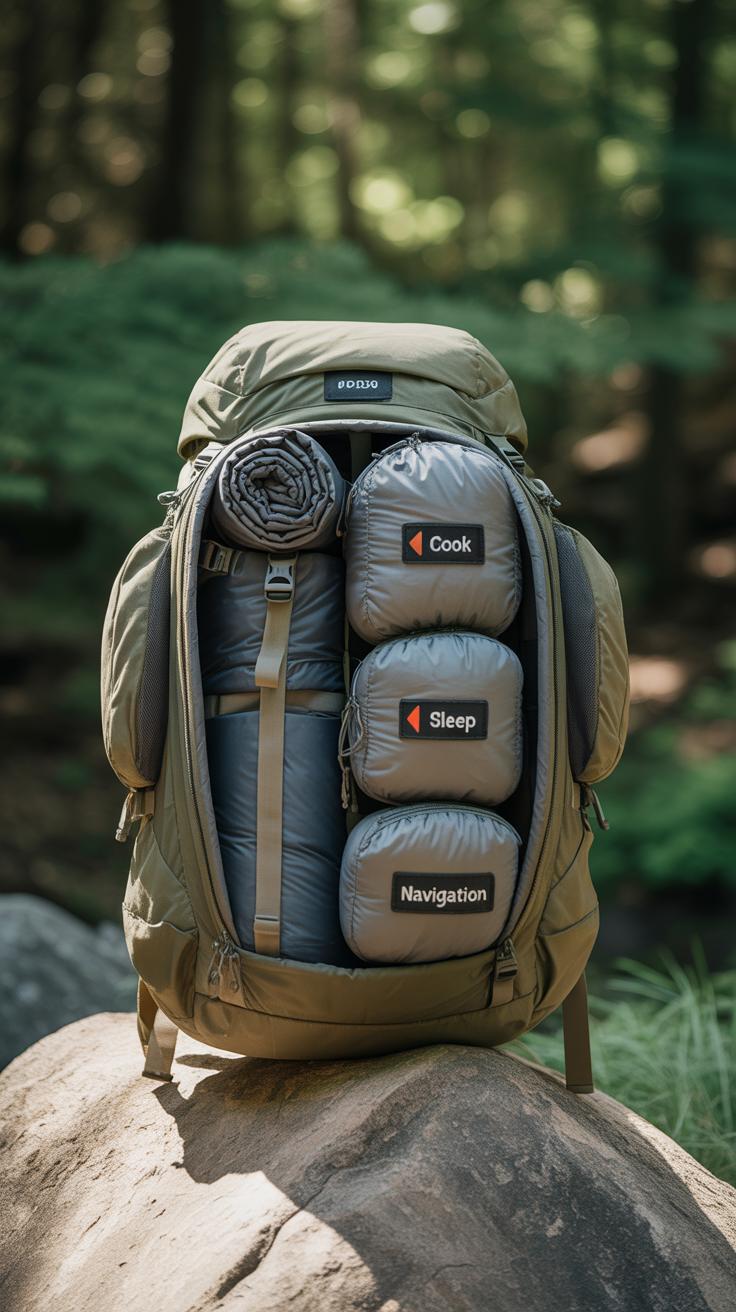Introduction
Outdoor travel offers exciting opportunities to explore nature and new places. But it also creates challenges. Carrying all the needed gear without making your load too heavy or bulky can be tricky. Choosing the right technology tools can save both space and time as you travel.
This article looks closely at outdoor travel needs and the tech essentials that help. You will find practical advice on selecting gear that fits well in your backpack and tools that speed up tasks. We explore ways to pack light while staying well-prepared and connected during your trips.
How To Pick Travel Tech That Fits Your Outdoor Needs
When choosing tech for outdoor travel, size and weight are often the first things that catch your eye—and for good reason. You don’t want bulky gadgets dragging you down when every ounce counts. But beyond that, durability should not be overlooked. Devices that can take a few knocks, resist water, or handle dust can make a big difference, especially if you’re trekking or camping in rough conditions.
Battery life is another key factor. If you’re off the grid for days, a gadget that sips power or allows easy recharging becomes a necessity. Think about the length of your trip and how accessible charging points are, or consider solar-powered options. It may seem like you can compromise on battery to save weight, but that often backfires.
Matching tech to your trip means asking questions: Will you hike or drive? Is weather a major concern? What activities will you do? A GPS device with offline maps might be essential for isolated trails, while a rugged smartphone could work better for less intense trips. Your tech choice should fit your plans, not the other way around.
What To Look For In Compact Travel Gadgets
Compact travel gadgets shine when they combine small size with practical use. Foldability is one smart feature; it lets an item shrink down for easy stashing. For instance, foldable solar panels are easier to pack than rigid ones, and some earbuds come with collapsible cases that fit snugly in pockets.
Multi-functionality often goes hand in hand with compactness. Take headlamps with built-in power banks or travel knives with embedded tools. These gadgets cut down how much you carry without sacrificing usefulness.
Ease of packing also matters. Gadgets with built-in carrying cases or magnetic attachments can help prevent lost items. Popular choices for hiking or camping include compact water purifiers, portable chargers with multiple ports, and lightweight handheld GPS devices.
Balancing Power And Portability In Gear
Finding gear that offers enough power while remaining lightweight is tricky. You want your devices to last, but the bigger the battery, the heavier it usually is. For power banks, look for those with fast charging capability but also small footprints. Brands often list actual watt-hours, which helps compare power against size.
Solar chargers are tempting, especially on long trips with a lot of sunlight. Yet, they often pack less power and depend heavily on weather, so it’s wise to carry a backup battery. Battery-efficient devices—think low-energy GPS trackers or watches—can stretch your power supply without adding weight.
My own experience with overpacking power led to swapping a few bulky chargers for a slim, high-capacity power bank paired with a foldable solar panel. It saved me a few pounds, though the solar panel only gets used occasionally. Still, balancing power with portability means being realistic about what your trip demands versus what you’d like to bring.
Packing Light With MultiUse Tools
When you think about outdoor travel, carrying fewer items always feels better. Multi-use tools help shrink your load by replacing several single-function gadgets with one compact piece. It’s surprising how much space you free up when one item pulls double or triple duty. For example, a smartwatch with GPS doesn’t just tell time; it tracks your route, monitors fitness, and sometimes even manages notifications. You don’t have to lug around a separate GPS device, fitness tracker, and watch.
Other tech follows the same idea. Take camping stoves that double as grills or power banks that can charge devices and light up your tent. These combinations cut down on what you’ve got to carry, and they often simplify setup and teardown, too.
When picking multi-use tools, try to match the features with your typical needs, but be cautious. Sometimes, a jack-of-all-trades is master of none. It’s worth testing gear first, to avoid surprises when you rely on it in the wild. Also, think about how easy it is to switch between functions—tools that are clunky or hard to operate can cost you time or patience.
Examples Of Multi-Function Travel Tech
Here are a few examples of tech that pairs multiple functions into one:
- Smartwatches with GPS & Fitness Tracking: Track routes, monitor heart rate, and get alerts from your phone.
- Camping Stoves with Built-in Grills: Cook meals and grill food using a single device—less to pack.
- Solar-Powered Power Banks: Charge your devices using sunlight, while also storing power for cloudy days.
- Multi-Tool Flashlights: Combine light, a knife, and sometimes even a charging port or compass.
- Bluetooth Headsets with Voice Assistants: Stream music, take calls, and get hands-free info without extra devices.
Each of these tools blends convenience with practicality. Combining features cuts down on distractions and the hassle of managing multiple gadgets.
Tips For Maximizing Utility From Each Tool
Using multi-use tools well takes a bit of thought. Here are some tips to get the most from your gear:
- Prioritize accessibility. Keep your multi-use tools where you can grab them quickly. If you have to dig through your pack, you might choose not to use them.
- Stay organized. Assign specific pouches or compartments to each tool so they don’t get tangled or lost.
- Practice in advance. If your camping stove also grills, use it a few times at home. Learning the quirks beforehand helps avoid fumbling outdoors.
- Keep batteries charged. For smart devices, a partially dead battery means fewer opportunities to rely on their multiple functions.
- Don’t overload. Adding too many features to a tool can make it cumbersome or fragile. Sometimes simpler is better, even if that means more to carry.
Ultimately, your comfort with each tool’s various roles shapes how much space you really save. The better you understand and trust your gear, the easier it gets to leave behind the extras, without worry.
Charging Solutions That Keep You Going
When you’re out in the wild or just far from the usual power outlets, charging your devices turns into a bit of a challenge. Portable chargers come in all shapes and sizes, but not all are made equal, especially for outdoor use. Solar panels can be a lifesaver if you find yourself under the sun most days. I once took a foldable solar charger on a weekend hike—it wasn’t super fast, but it kept my phone alive enough for navigation and light use. Then there are hybrid systems that combine solar panels with battery packs, offering a backup even if the sun disappears behind clouds.
Thinking about charging, conserving power is just as important. Lowering screen brightness, turning off unnecessary features like Bluetooth or Wi-Fi, and avoiding constant app refreshes can stretch your battery longer than you expect. Planning your charging times to coincide with breaks or mealtimes can also help—don’t wait until your device is nearly dead before plugging in.
Comparing Types Of Portable Chargers
Power banks are the go-to for many because they’re straightforward and reliable. They store power beforehand, so no waiting around for recharges in the field. But they can be bulky and add extra weight, which matters on longer treks.
Solar chargers offer a nice alternative, particularly if you’re outdoors a lot. The catch? Speed—they recharge slowly and depend heavily on sunlight intensity. Sometimes, they’re best as a supplement rather than primary power sources.
Rechargeable battery packs, often used for specific devices like cameras or radios, work well when you can swap batteries quickly. But carrying spares adds weight and takes up space, which might counter some packing goals.
Practical Ways To Save Battery While Traveling
Some simple habits can make a big difference in how long your device survives a day or more of use:
- Reduce screen brightness or use dark mode if your device has it.
- Close apps running in the background that you don’t need.
- Switch your phone or gadgets to airplane mode when you don’t require connectivity.
- Turn off automatic updates or push notifications—those often drain power without you realizing.
- Plan device usage—try heavy tasks like photo editing or streaming during times when charging is possible afterward.
It’s tempting to keep your phone on constantly, but sometimes powering down briefly can extend battery life significantly. Balancing use and charge is a bit of a dance, especially outdoors. You learn what works—and what doesn’t—the hard way sometimes.
Using Navigation Tools To Save Time
Modern navigation devices are more than just gadgets; they can actually save you quite a bit of time out there. If you’ve ever wandered off course or struggled to find a trail, you know how frustrating that can be. GPS devices provide precise location tracking, which helps travelers stay on route without second-guessing every step.
Smartphone apps that offer offline maps have changed the game too. When you’re in areas without cell service, these offline maps work like a charm, guiding you without needing a constant internet connection. It’s not just about getting lost less—these tools let you plan routes that avoid difficult terrain or detours, cutting down backtracking and unnecessary delays.
Using these navigation aids often means less time fiddling with paper maps or trying to read signs that may no longer exist. Instead, you spend more time doing what you came for. So, yes, they can make travel feel smoother, but don’t expect them to replace all your instincts. Sometimes, GPS can falter, so having a backup or a bit of flexibility is still wise.
Choosing The Right GPS Device For Your Trip
Picking a GPS device depends a lot on what you’re doing outdoors. If you’re hiking, a smaller, lightweight unit with good battery life matters more than a big screen. Drivers might prefer larger screens for detailed views. Think about:
- Screen size – bigger is easier to read but heavier and drains more power.
- Battery life – some models last days, others only hours, which can be frustrating on multi-day trips.
- Map updates – avoid devices stuck on old maps; check how often updates are offered.
- Weather resistance – rain and dust happen, so waterproof or rugged builds make a difference.
For instance, my friend once took a basic GPS on a long trek. It ran out of juice halfway, and switching to offline apps on his phone saved the day. So, sometimes it pays to combine tools rather than depend on one.
Offline Maps And Apps For Remote Locations
Offline maps let you download routes and terrain before heading out, which is pretty essential when there’s no signal. These files live on your device, so you aren’t hunting for bars on a screen that flashes “No Service.”
Apps like Maps.me, Gaia GPS, or AllTrails let you pick the exact areas you need. You can even mark points of interest to find campsites, water sources, or trailheads later. Before you leave, invest a little time downloading the maps for your route, or you might regret it later.
Sometimes, offline maps show you trails or roads that aren’t on standard maps. That makes them great for exploring lesser-known paths. Just remember: the maps won’t update on the fly without internet, so plan carefully and maybe carry a backup plan.
Staying Connected Without Carrying Too Much
When you’re out in the wild, the last thing you want is to lug around bulky gear just to stay connected. Satellite phones, walkie-talkies, and compact Wi-Fi hotspots offer some neat solutions here. Each option brings its quirks—satellite phones work almost anywhere, though they can be a bit pricey and heavier than other devices. Walkie-talkies are lighter, great for short-range communication, especially with a group, but they depend on line-of-sight and have limited distance.
Compact Wi-Fi hotspots might feel a little unusual outdoors, but if you’re near coverage or using a cellular network, they provide familiar internet access without stuffing your backpack. When choosing, weigh factors like battery life, coverage area, and how easily you can carry the device. I once carried a tiny hotspot that surprisingly outlasted my phone, which was a pleasant surprise.
It’s a balancing act. You want reliable contact, but not at the cost of schlepping a lot of equipment. That’s the trick.
Tech Choices For Emergency Communication
Emergency communication gear is the safety net you hope never to use—but must have. Devices like personal locator beacons (PLBs), satellite messengers, and emergency radios can make a real difference if things go sideways. Unlike regular phones, PLBs send a distress signal directly to rescue teams, often with your GPS coordinates embedded. Satellite messengers provide two-way communication, letting you check in or call for help when cell signals disappear.
Most devices rely on satellite networks, which means they can work even miles from civilization. But they do come with trade-offs—like short battery lives or the need for subscriptions. I remember a friend hesitated to bring a PLB because of cost but was glad to have it when their hike went south unexpectedly. Picking one depends on your trip’s remoteness and your comfort level with tech.
Balancing Connectivity And Travel Freedom
Staying reachable doesn’t have to mean turning into a walking gadget store. You’ll often have to decide between carrying several devices or settling for less contact. Some folks prefer a single multi-purpose device to avoid weight, while others layer simple tools for specific needs—like a walkie-talkie for camp chats and a PLB for serious emergencies.
Another way is to establish check-in routines instead of constant connection. Maybe a quick message every few hours using a hotspot or satellite device, then switching off to save power and lighten the load. It feels better, at least to me, to keep moments of disconnection part of the adventure.
How much connection is enough? That’s a question only you can answer based on your comfort with risk and desire for freedom. It’s tricky but doable to stay in touch and still keep your pack light. You might have to try different setups to find what works best for you.
Smart Lighting And PowerEfficient Devices
Lighting is one of those things you can’t really do without during outdoor trips, but it doesn’t mean you need bulky flashlights or power-hungry lanterns. Compact headlamps sit right on your forehead, leaving your hands free, and many come with adjustable brightness levels. They’re small but can shine surprisingly far, and you might be surprised how long a single set of batteries lasts.
Solar lanterns offer another interesting option—they collect sunlight during the day and give you light without extra batteries. Their brightness might not match high-end LEDs, but they’re perfect if you want to keep weight down and don’t mind a gentler glow. LED lights, in general, have moved far beyond the cheap bulbs of the past. They use far less energy but produce enough light for most tasks.
Best Compact Lighting For Outdoor Trips
If you’re picking gear, here are some lighting devices worth checking out:
- Petzl Actik Core Headlamp: Around 450 lumens, rechargeable, multiple modes including red light to preserve night vision.
- LuminAID PackLite Solar Lantern: Inflatable, weighs next to nothing, charges via solar or USB, soft diffuse light.
- Black Diamond Spot 350: Waterproof, durable, offers a solid throw; runs on AAA batteries.
- BioLite SunLight: Solar-powered with a simple design and amazing battery life for casual use.
For reliability, check physical toughness and battery type—lithium batteries hold charge longer but are pricier.
Using Power-Efficient Technologies To Last Longer
Power efficiency is a huge deal outdoors. Why lug extra batteries if you can avoid it? Devices built with low-energy LEDs stretch your battery life much further. Some lights dim automatically after a while or switch to a blinking mode to conserve power—features that make a noticeable difference on multi-day trips.
Look for terms like “lumens per watt” or “energy-saving mode” to spot these. Sometimes, the simplest features—like an adjustable brightness dial—are all you need to control power use. Of course, there’s a trade-off. Brighter is better, but it often means shorter runtime, so think about what kind of lighting suits your needs better: a steady reliable glow or a burst of intense light when you need it.
Power management isn’t always straightforward. Sometimes, I find myself debating if carrying a backup battery is smarter than just trusting a more efficient device—it depends on where you go and how long you stay. Ultimately, the best tech saves space and keeps you lit, without adding too much worry about power.
Meal Preparation And Food Storage Tech
Space-Saving Cooking Gear For Travelers
When you’re outdoors, every inch and ounce count. Portable stoves like canister models or ultralight alcohol burners offer quick heat without bulk. Some fold flat or nest inside cookware, trimming down space even more. For example, a small butane stove fits snugly in a backpack pocket and boils water fast—a real time-saver when you’re hungry or it gets cold.
Compact cookware sets, often nesting pots and pans made of titanium or aluminum, help you carry everything needed for a meal in one neat bundle. I’ve tried setups with multi-use lids that double as plates or bowls, cutting the need for extras. The weight difference adds up, especially on longer treks where every gram feels heavy.
Keeping Food Fresh With Minimal Bulk
Carrying food without proper storage turns meals into a mess pretty quickly. Smart food containers designed for travel keep things fresh while taking up little room. Collapsible silicone containers shrink when empty, saving vital space in your bag. Vacuum-seal bags or resealable pouches can extend freshness and reduce waste by portioning meals precisely.
I’ve found that using lightweight coolers with insulation, or simply wrapping perishables in beeswax wraps, can keep food fresh longer without the bulk a traditional cooler demands. But there’s a balance—pack too light, and food spoils; pack too much, and you’re stuck with extra weight. How do you find that sweet spot? Maybe it’s just trial and error.
Packing Tips For Efficient Outdoor Travel
Packing Lists, Organizing Gear, and Using Compression Bags
When packing for the outdoors, preparing a clear list can save a lot of headaches later, though I find it hard to stick to a strict list every time. Start with basics: clothing layers, shelter, food, hydration, and safety items. It might seem obvious, but jotting everything down helps avoid last-minute scrambling.
Compression bags matter more than I expected. They can reduce bulky gear into neat bundles, which frees up space for other essentials. Try to pack clothes in these bags—bulky items like jackets or extra socks shrink, giving you more room for tools or tech.
Prioritize what matters most. Sometimes we try to bring “just in case” items that weigh us down. Instead, think about what you can realistically carry and actually use. It often means fewer items, but better choices. Start with what you must have, then add extras if there’s space. That’s how I plan most trips—packing layers, compact shelter, and the bare minimum of gadgets.
How To Organize Your Gear Smartly
Inside your pack, balance is key. I learned the hard way that tossing everything in randomly makes hiking uncomfortable. Use packing cubes or modular organizers to separate gear by function. For example, one cube for cooking stuff, another for first aid, and one for electronics.
Place heavier items close to your back and near the pack’s center. It helps with stability and keeps the weight manageable. Lighter items can go near the top or edges. This isn’t a strict rule, of course, but something to test based on your gear and trip length.
Accessibility matters, too. Keep frequently used items like snacks, maps, or your rain jacket in the outer pockets. You want to avoid unpacking your entire bag just to grab a snack or your phone.
Must-Have Items To Pack For Every Outdoor Trip
Every trip is unique, but some staples almost always make sense to bring. A quality water filter or purifier—because clean drinking water isn’t something to guess about. A reliable headlamp or flashlight with extra batteries; you don’t want to be fumbling in the dark.
A compact multi-tool is handy beyond what you’d expect—cutting rope, fixing gear, prepping food. Also, a small first aid kit tailored to your needs, including bandages, antiseptic, and whatever medications you typically use.
A portable charger or power bank keeps devices running, especially if you’re using tech for navigation or photography. I sometimes debate over bringing extra clothes, but hydration essentials and emergency shelter always stay in my pack. That said, your list might be different depending on the season or destination. What feels essential to you might be less so for someone else.
Conclusions
Traveling outdoors means balancing what you take with what you need. Tech essentials designed to save space and time can relieve this pressure. They help every traveler carry less while gaining more usefulness.
By choosing smart, reliable tools and packing efficiently, you make your journey smoother and more enjoyable. Think through your route and tasks to pick the best gear. When you do, your outdoor adventures become easier and more fun for you.

